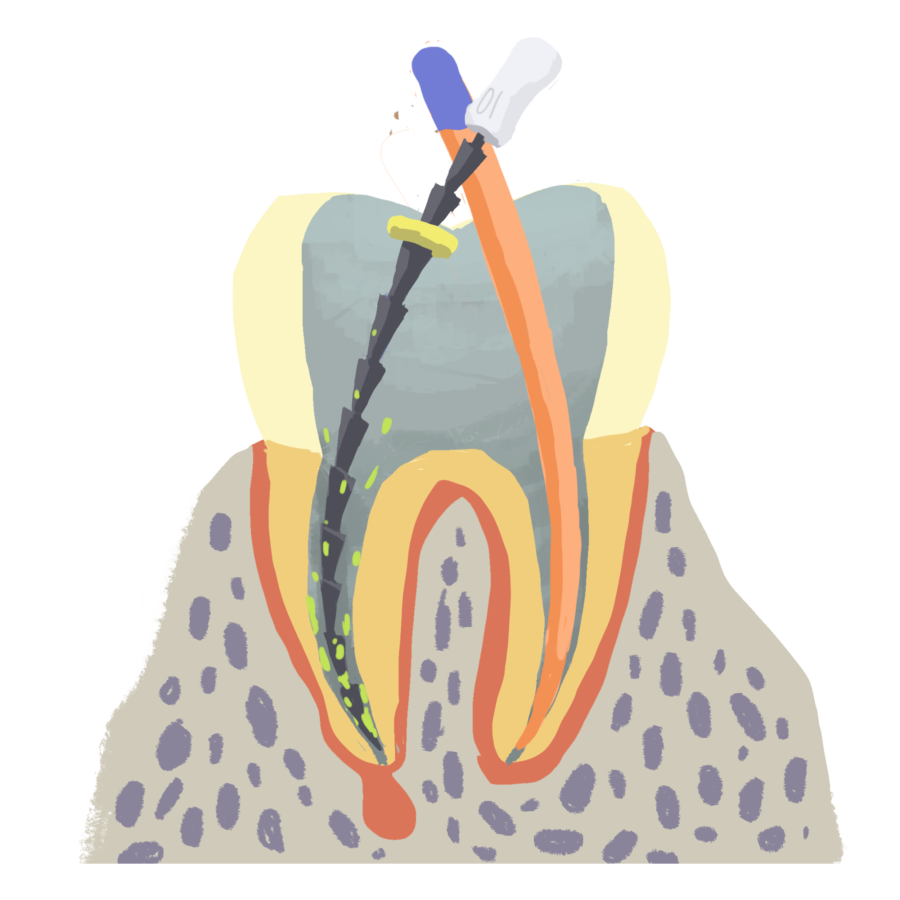
About RootCanal Therapy
What is Involved?
If you’ve just been told you need root canal therapy, you may have a few concerns. However, it is important to note that root canal therapy will save your tooth and relieve your pain by removing infected or inflamed tissues. Learning what is involved in root canal therapy can certainly ease any uncertainties you may be having.
The Process
To begin the procedure, your dentist will administer a local anesthesia to numb the area. Next, they will use a drill to create a hole to access the nerve and pulp around your tooth. The pulp resides underneath the hard layer of dentin on your tooth and consists of nerves, blood vessels, and connective tissue. It can be safely removed once the teeth have completely matured.
